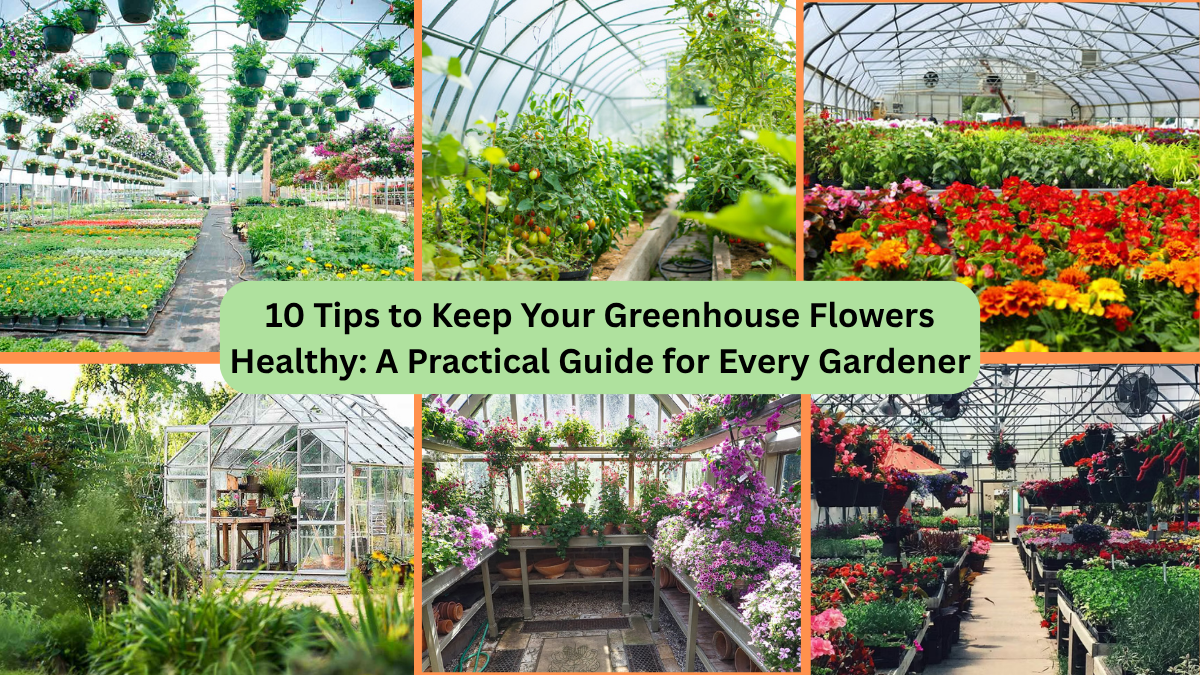A greenhouse is every gardener’s dream — a little haven where plants can thrive beyond seasonal limitations. It extends the growing season, protects delicate flowers from harsh weather, and offers a perfect environment for exotic blooms. However, maintaining healthy flowers inside a greenhouse takes more than just planting and watering. It requires careful attention to temperature, humidity, airflow, pests, and overall plant care.
Whether you’re a seasoned greenhouse gardener or just starting out, these 10 expert tips will help you keep your greenhouse flowers healthy, vibrant, and beautiful all year long.
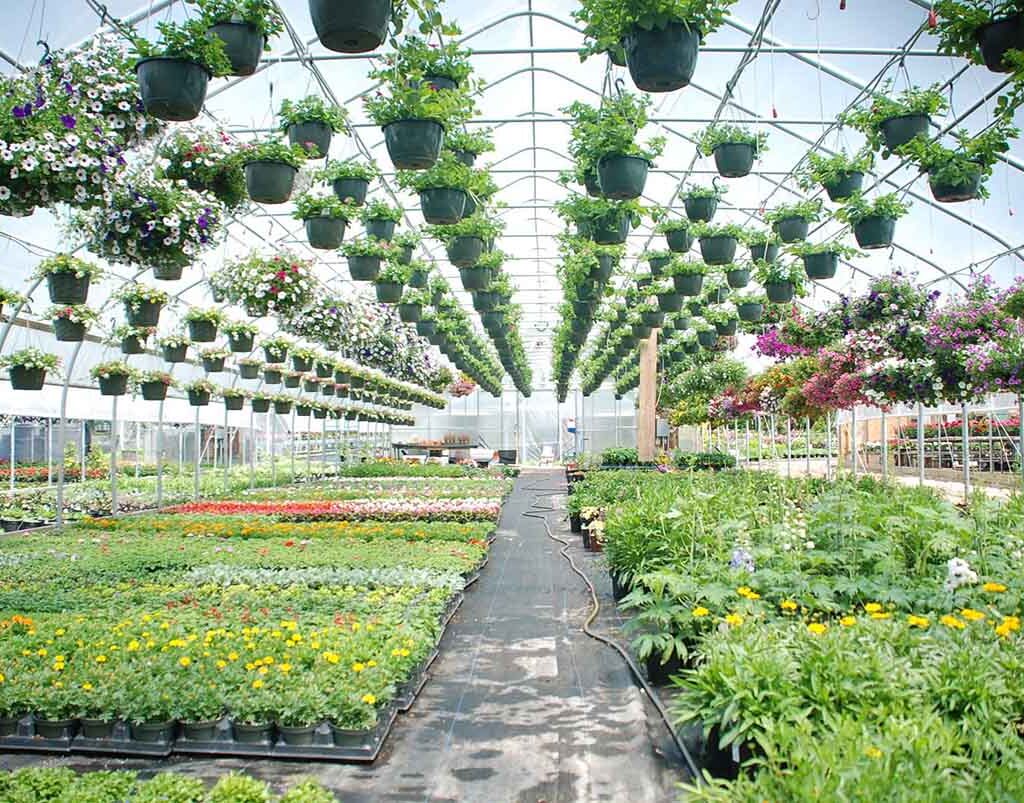
1. Maintain the Right Temperature
Temperature control is one of the most crucial aspects of greenhouse gardening. Most flowering plants have preferred temperature ranges, and fluctuations can lead to stress, disease, or poor blooming.
Key points:
- Install a reliable thermometer to monitor the greenhouse temperature.
- For most flowers, keep daytime temperatures between 65–75°F (18–24°C) and slightly cooler at night.
- In hot months, use shade cloths, vents, and fans to lower temperatures.
- In winter, use portable heaters or heated mats to keep frost-sensitive flowers safe.
Tip: Avoid sudden temperature changes — gradual adjustments are better for plant health.
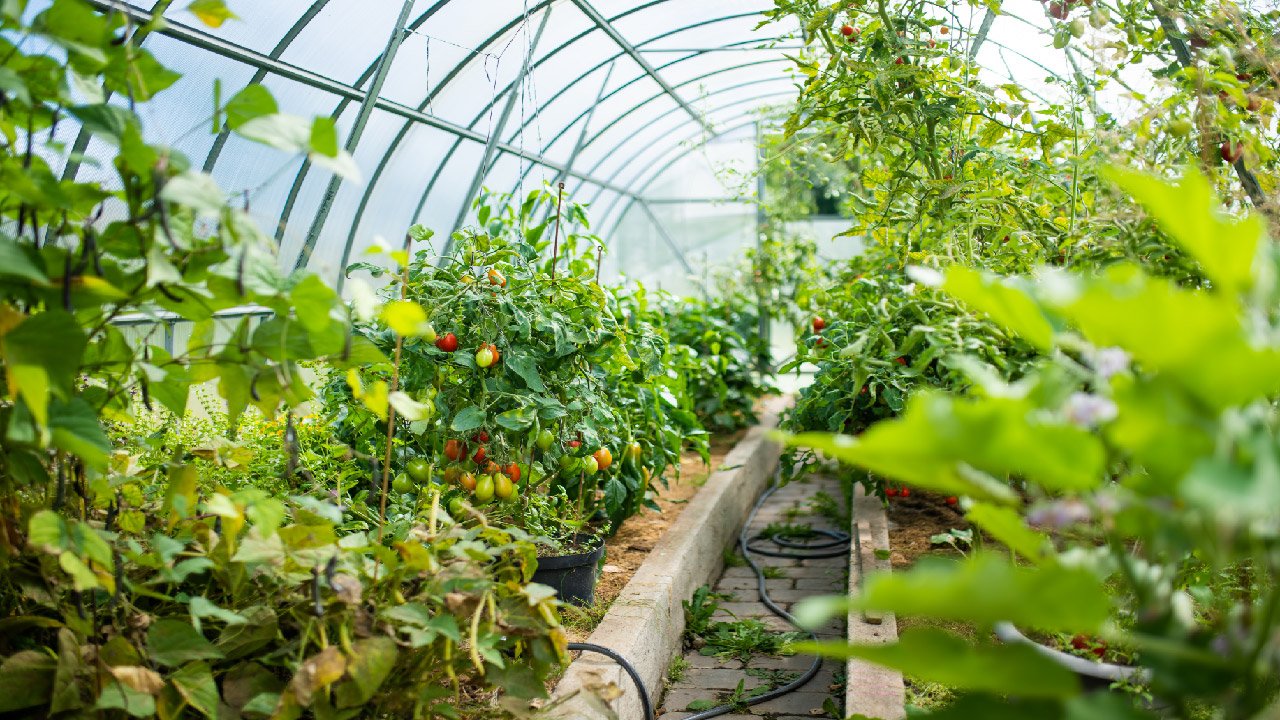
2. Regulate Humidity Levels
Greenhouses can quickly become overly humid, creating a perfect environment for fungal diseases and mold. Maintaining balanced humidity helps flowers flourish while keeping pathogens at bay.
How to manage humidity:
- Ideal humidity for flowering plants is 50–70%.
- Use hygrometers to track humidity levels.
- Ventilate your greenhouse regularly — open windows, doors, and roof vents.
- Use oscillating fans to promote airflow and reduce damp spots.
- Water plants in the morning to allow foliage to dry by evening.
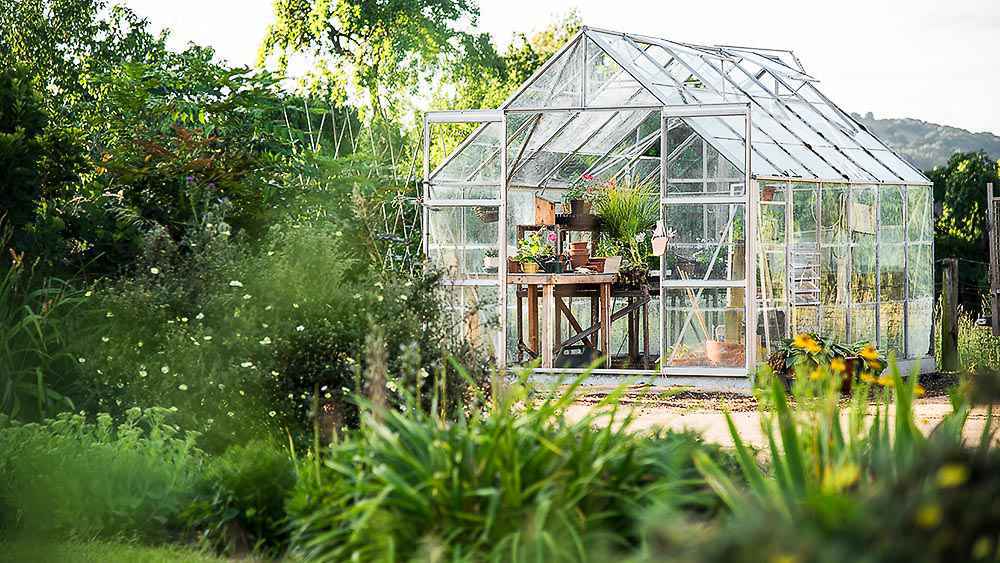
3. Ensure Proper Air Circulation
Stagnant air invites pests, mildew, and other diseases. Good airflow mimics natural outdoor conditions, strengthening stems and reducing disease risks.
Ways to improve air circulation:
- Install oscillating fans to keep air moving.
- Space plants adequately to prevent overcrowding.
- Regularly prune and deadhead flowers to encourage new growth and better air distribution.
- Use ventilation systems like louvered vents and exhaust fans in larger greenhouses.
Tip: Ensure airflow reaches under benches and around corners, where moisture and pests tend to accumulate.
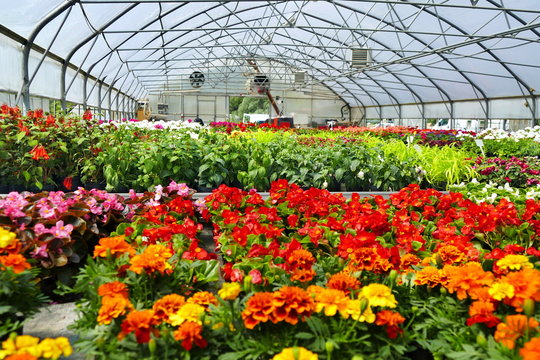
4. Practice Smart Watering
Watering in a greenhouse needs extra attention compared to outdoor gardens. Overwatering or underwatering can lead to root rot, wilting, or poor flowering.
Watering tips:
- Water plants early in the day.
- Avoid wetting foliage unnecessarily.
- Use a watering can with a fine rose or a drip irrigation system for even distribution.
- Check soil moisture by sticking your finger 1–2 inches into the soil before watering.
- Adjust watering frequency based on season and plant type — more frequent in hot weather, less in cooler months.
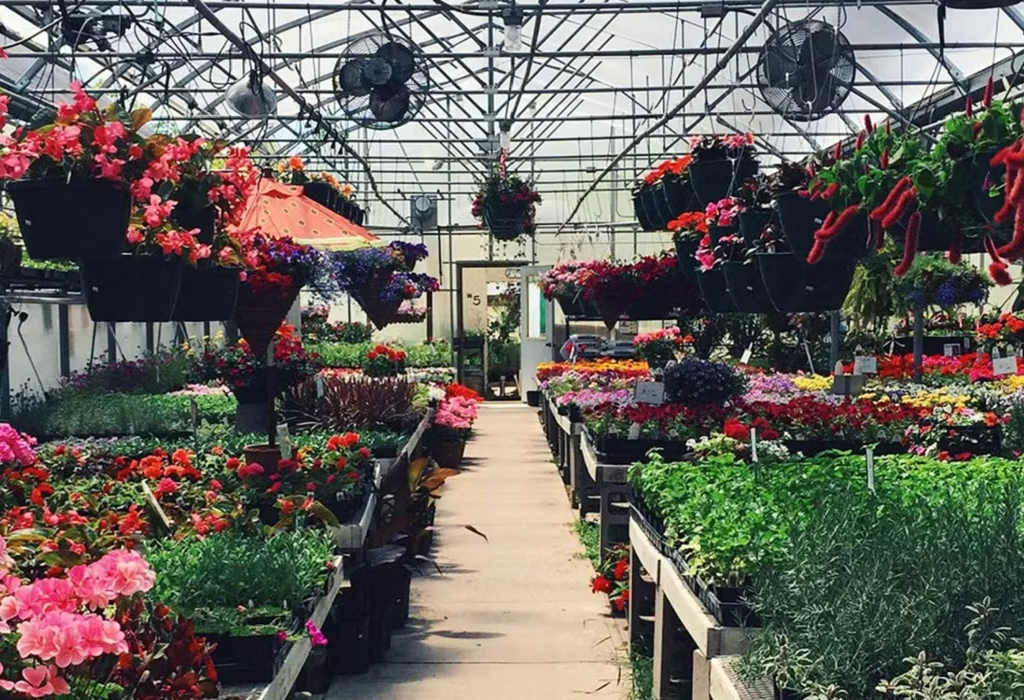
5. Feed Flowers with Balanced Fertilizers
Flowers grown in containers or beds within a greenhouse quickly deplete soil nutrients. Regular feeding is essential for continuous blooms and healthy foliage.
Fertilizer guidelines:
- Use a balanced liquid fertilizer (like 10-10-10 or 20-20-20) during the active growing season.
- Feed flowering plants every 2–4 weeks depending on their growth stage.
- Avoid over-fertilizing — too much nitrogen encourages lush leaves at the expense of flowers.
- Organic options like compost tea, fish emulsion, or seaweed extract offer natural alternatives.
Tip: Follow the specific fertilizer needs of each flower type for optimal results.

6. Control Pests Proactively
Greenhouses, though protected from outdoor elements, are not immune to pests. Aphids, whiteflies, spider mites, and fungus gnats thrive in warm, humid environments.
Pest control tips:
- Inspect plants regularly for signs of pests — check leaf undersides and soil.
- Introduce beneficial insects like ladybugs or predatory mites.
- Use sticky yellow traps to catch flying pests.
- Apply insecticidal soap or neem oil for natural control.
- Quarantine new plants before adding them to your greenhouse.
7. Rotate and Rejuvenate Flower Beds
Growing the same flowers in the same spot season after season depletes soil nutrients and encourages pests and diseases.
How to manage this:
- Rotate flower types between beds or containers annually.
- Replace or refresh potting soil at the start of each new season.
- Periodically amend soil with compost, organic matter, or slow-release fertilizers.
- Remove and discard any plants that show persistent disease issues.
8. Prune, Deadhead, and Remove Debris Regularly
A clean greenhouse is a healthy greenhouse. Removing dead leaves, spent blooms, and fallen plant material prevents disease and encourages fresh growth.
Maintenance habits:
- Deadhead flowers to promote continuous blooming.
- Prune leggy or overcrowded plants to maintain shape and airflow.
- Sweep floors and wipe down shelves to deter pests.
- Disinfect tools and pots between uses.
9. Use Appropriate Lighting
While greenhouses naturally capture sunlight, supplemental lighting can benefit flowering plants during short winter days or in shaded locations.
Lighting advice:
- Install grow lights (fluorescent or LED) for 12–16 hours daily in low-light seasons.
- Position lights 12–18 inches above plants for optimal coverage.
- Use timers to ensure consistent lighting schedules.
- Select full-spectrum lights to support photosynthesis and flowering.
10. Keep a Greenhouse Journal
Tracking plant care helps you identify patterns, successes, and areas for improvement. A greenhouse journal can be a valuable tool for keeping flowers healthy season after season.
What to record:
- Planting and harvesting dates
- Fertilizer applications
- Pest or disease occurrences and treatments
- Temperature and humidity readings
- Notable plant behaviors (blooming times, color changes, etc.)
Tip: Digital gardening apps or old-school notebooks work equally well — choose what’s easiest for you to maintain consistently.
Final Thoughts
Creating a thriving greenhouse filled with healthy, blooming flowers is one of the most rewarding experiences for any gardener. By focusing on temperature control, humidity management, airflow, watering, feeding, and pest prevention — and by staying organized — you can ensure your flowers flourish beautifully year-round.
Whether you’re nurturing delicate orchids, colorful geraniums, or classic roses, these practical, expert-tested tips will keep your greenhouse flowers radiant, healthy, and thriving no matter the season.
